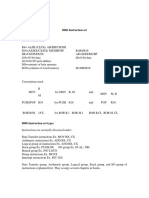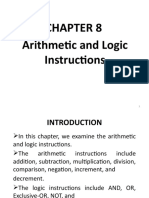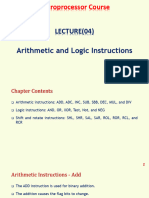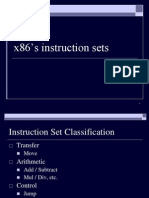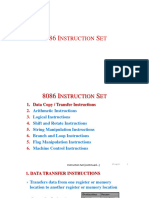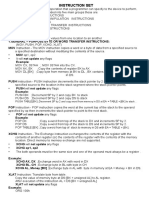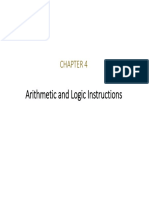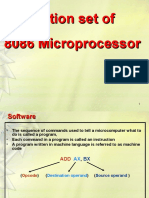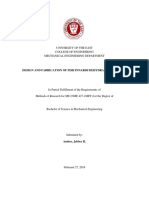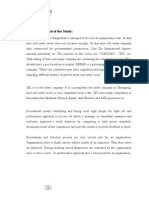0% found this document useful (0 votes)
6 views32 pagesMicroprocessor Unit II
Unit II of the document covers microprocessor programming, specifically focusing on the instruction set of the 8086 microprocessor. It details various types of instructions including data-transfer, arithmetic, logic, shift, and rotate instructions, providing examples and explanations for each. The document serves as a comprehensive guide for understanding the functionalities and applications of these instructions in programming the 8086 microprocessor.
Uploaded by
rramyaCopyright
© © All Rights Reserved
We take content rights seriously. If you suspect this is your content, claim it here.
Available Formats
Download as DOC, PDF, TXT or read online on Scribd
0% found this document useful (0 votes)
6 views32 pagesMicroprocessor Unit II
Unit II of the document covers microprocessor programming, specifically focusing on the instruction set of the 8086 microprocessor. It details various types of instructions including data-transfer, arithmetic, logic, shift, and rotate instructions, providing examples and explanations for each. The document serves as a comprehensive guide for understanding the functionalities and applications of these instructions in programming the 8086 microprocessor.
Uploaded by
rramyaCopyright
© © All Rights Reserved
We take content rights seriously. If you suspect this is your content, claim it here.
Available Formats
Download as DOC, PDF, TXT or read online on Scribd
/ 32











